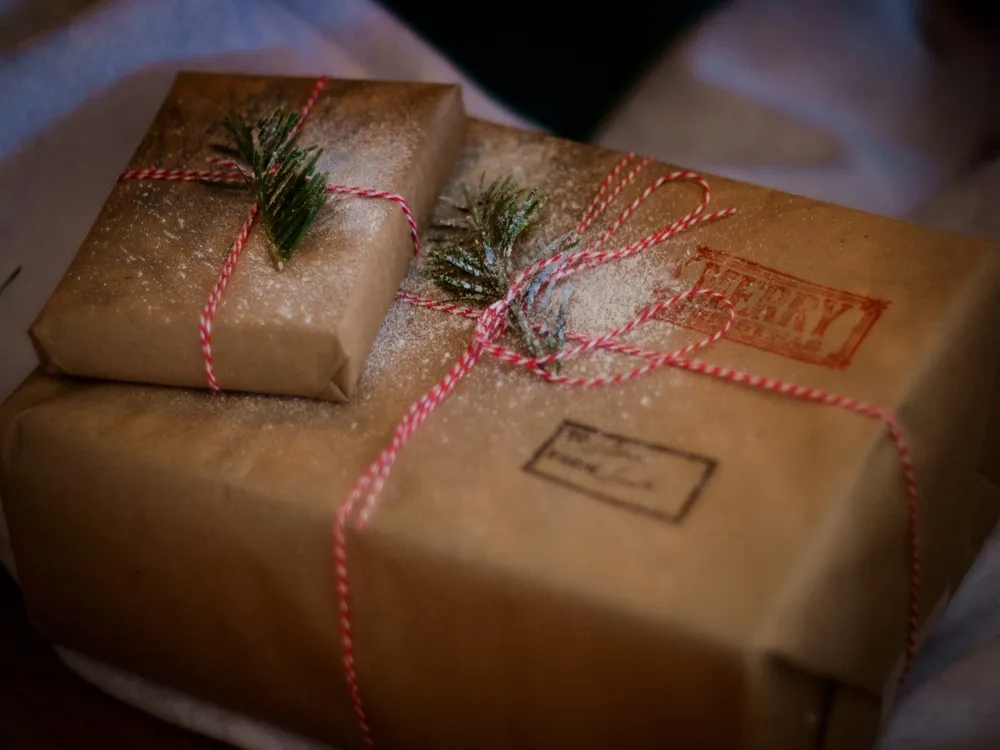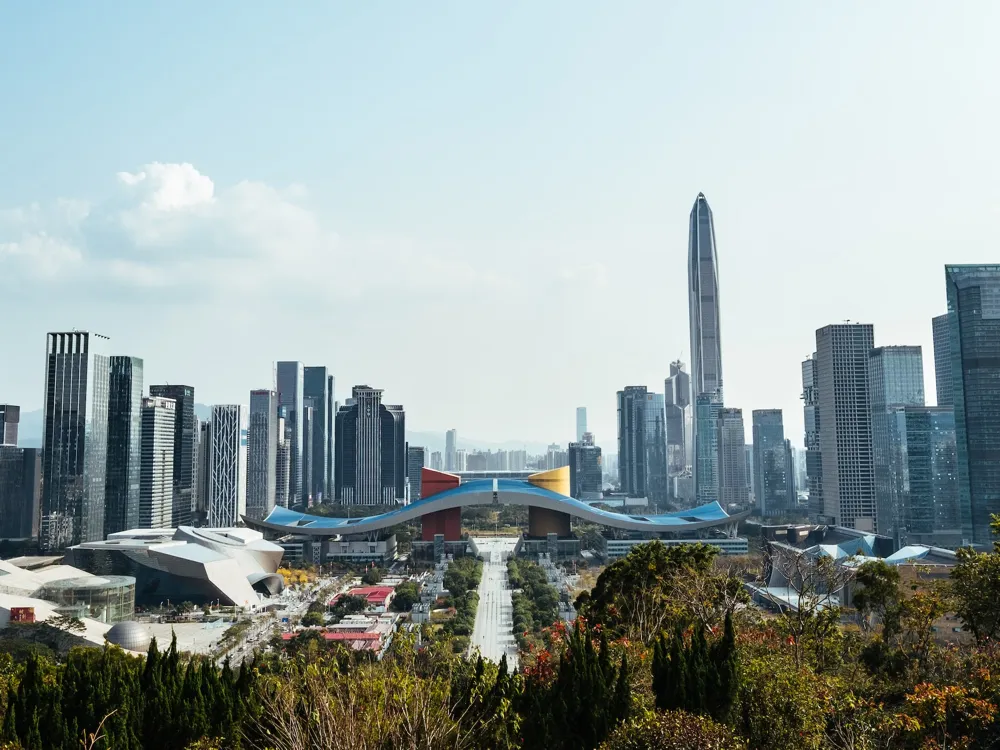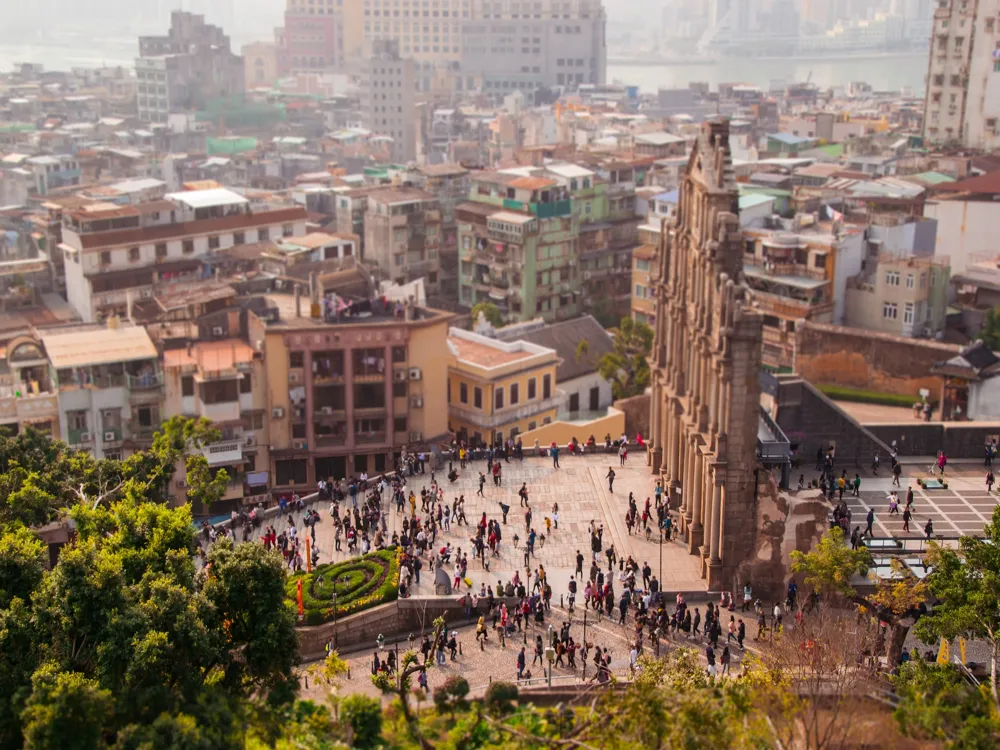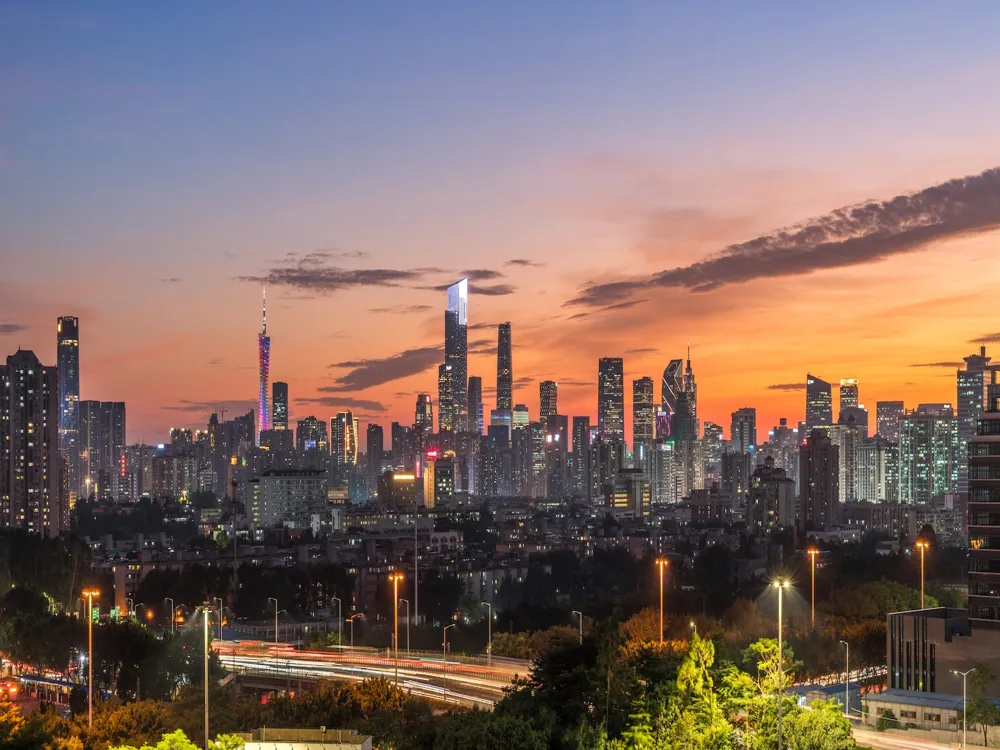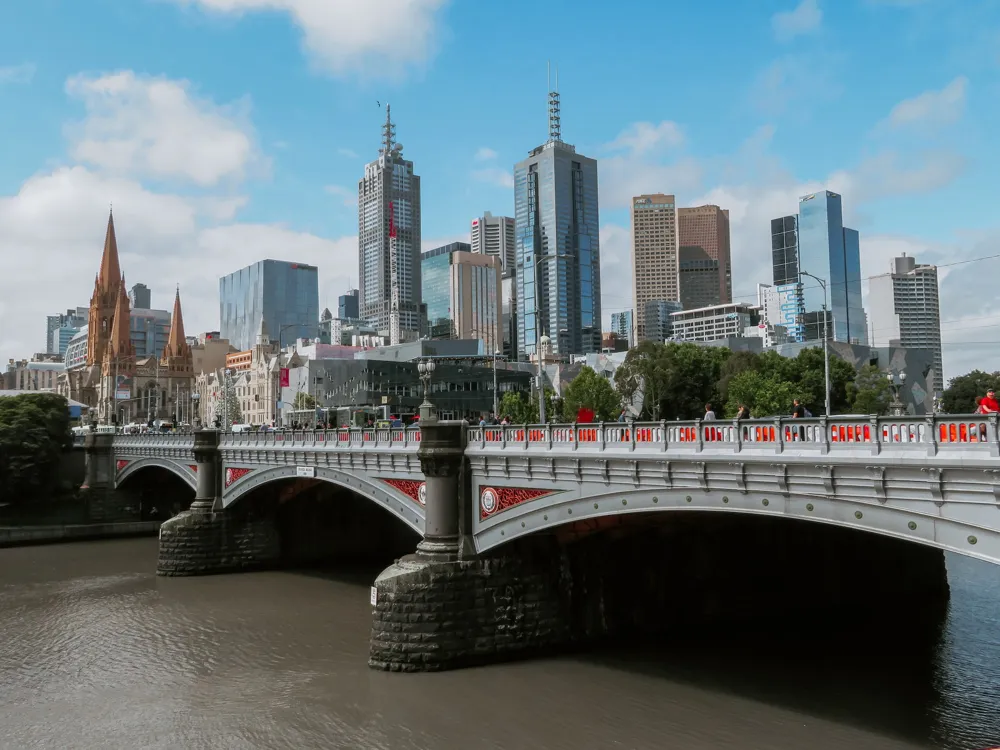Nestled in the bustling heart of Hong Kong, Chop Alley stands as a testament to the city's rich cultural tapestry and historical evolution. This narrow lane, often overlooked by the typical tourist trail, offers an authentic glimpse into the traditional lifestyle and commerce that has thrived in Hong Kong for centuries. Known locally as 'Chop Alley', this street is more than just a path; it's a living museum, a vibrant community, and a unique architectural wonder. Historically, Chop Alley emerged as a center for craftsmen specializing in chops - traditional Chinese seals made of stone, jade, or ivory, intricately carved with characters and symbols. These chops, essential for authenticating documents and artwork, symbolize the blend of artistry and practicality that defines Hong Kong's ethos. Today, the alley preserves its legacy, with numerous shops and artisans continuing the age-old craft amidst the ever-changing cityscape. A visit to Chop Alley is not just a step back in time; it's an immersion into the pulsating heart of Hong Kong's enduring spirit. As you meander through the narrow path, flanked by rows of quaint shops and bustling market stalls, you are enveloped in a sensory feast. The aroma of incense, the vibrant colors of hanging lanterns, and the rhythmic sounds of craftsmen at work create an atmosphere that is uniquely Hong Kong. But Chop Alley's charm extends beyond its cultural and historical significance. It stands as a symbol of resistance against the relentless march of modernity, preserving a way of life and a set of skills that are rapidly becoming rare in our digital age. It's a place where tradition and modernity coexist, where the past is not just remembered, but actively lived and cherished. As we delve deeper into the heart of Chop Alley, let's explore the unique architectural features that make this alley a must-visit destination for anyone seeking to experience the true essence of Hong Kong. The architecture of Chop Alley in Hong Kong is a fascinating blend of historical elements and modern adaptations, reflecting the city's diverse cultural influences and dynamic evolution. As one walks through the alley, it's impossible not to be captivated by the intricate designs and structures that tell stories of a bygone era. At the heart of Chop Alley's architectural identity are the traditional Tong Lau buildings. These narrow, multi-story structures, characteristic of Southern Chinese cities, date back to the late 19th and early 20th centuries. Combining Chinese and European architectural elements, Tong Lau buildings in Chop Alley feature balconies with intricate iron railings, timber-framed windows, and tiled roofs, creating a unique aesthetic that is both quaint and functional. The ground floors of these buildings often house shops and workshops, many of which have been run by the same families for generations. These spaces are more than just commercial entities; they are custodians of history, each with its own story and contribution to the alley's collective narrative. Above these shops, the residential floors provide a glimpse into the everyday life of locals, with laundry hanging from bamboo poles and potted plants adorning the balconies, adding a touch of greenery to the urban landscape. What truly sets the architecture of Chop Alley apart is its adaptability. Over the years, these buildings have been modified to suit the changing needs of their inhabitants, yet they retain their original charm and character. This blend of old and new is evident in the subtle modern touches, like updated signage and renovated interiors, seamlessly integrated into the traditional framework. As you walk through Chop Alley, pay attention to the details: the ornate carvings on door frames, the patterned floor tiles, and the way light and shadow play across the facades. These elements are not just decorative; they are integral to the alley's identity, creating a sense of place that is both timeless and ever-evolving. To fully experience the vibrancy of Chop Alley, consider visiting in the late morning or early afternoon. This is when the shops are bustling with activity, and you can witness the artisans at work. Avoid visiting on public holidays or Sundays, as many shops might be closed. Take your time to explore the small shops and stalls in Chop Alley. Each one offers unique items and crafts. Don't hesitate to strike up a conversation with the shop owners and artisans; they often share fascinating stories about their craft and the history of the alley. Chop Alley is a photographer's paradise, but remember to be respectful. Always ask for permission before taking photos of shops or people. Many shopkeepers are proud of their work and happy to pose, but it's polite to seek consent first. Don't miss out on the local eateries around Chop Alley. The area is known for its traditional Cantonese cuisine. Trying some local snacks or a cup of Hong Kong-style milk tea can add an authentic flavor to your visit. Remember that Chop Alley is not just a tourist spot; it's a living, working part of Hong Kong's culture. Respect the local customs and traditions, and be mindful of your behavior to ensure a pleasant experience for everyone. Reaching Chop Alley is a journey that is as intriguing as the destination itself. Located in the heart of Hong Kong, the alley is easily accessible by various modes of transportation. The most convenient way to get there is by the MTR (Mass Transit Railway), Hong Kong's efficient subway system. Alight at the nearest MTR station and take a short walk to immerse yourself in the unique charm of Chop Alley. For those who prefer a more scenic route, consider taking a tram or a bus, which offers a leisurely view of the city's dynamic streetscapes. Taxis are also readily available, providing a direct and comfortable option. Regardless of your choice, the journey to Chop Alley is an integral part of the experience, setting the stage for the wonders that await. Read More:Explore the Hidden Gem of Hong Kong: Chop Alley
The Architectural Marvel of Chop Alley in Hong Kong
Maximize Your Visit to Chop Alley: Insider Tips
Best Time to Visit
Exploring the Shops
Photography Etiquette
Food and Refreshments
Cultural Sensitivity
Navigating Your Way to Chop Alley in Hong Kong
Chop Alley
Hong Kong
NaN onwards
View hong-kong Packages
Hong-kong Travel Packages
View All Packages For Hong-kong
Top Hotel Collections for Hong-kong

Private Pool

Luxury Hotels

5-Star Hotels

Pet Friendly
Top Hotels Near Hong-kong
Other Top Ranking Places In Hong-kong
View All Places To Visit In hong-kong
View hong-kong Packages
Hong-kong Travel Packages
View All Packages For Hong-kong
Top Hotel Collections for Hong-kong

Private Pool

Luxury Hotels

5-Star Hotels

Pet Friendly








